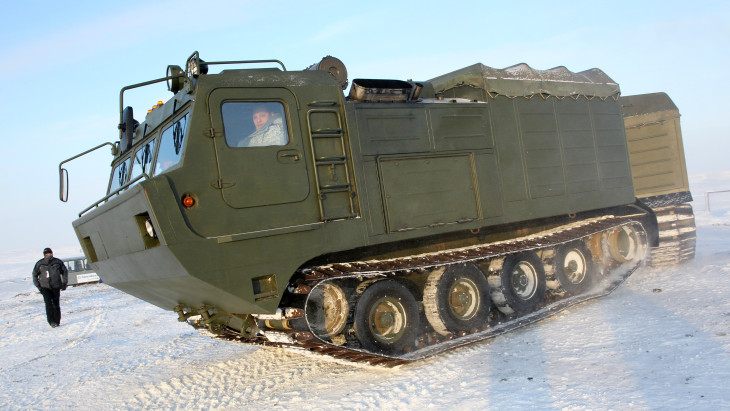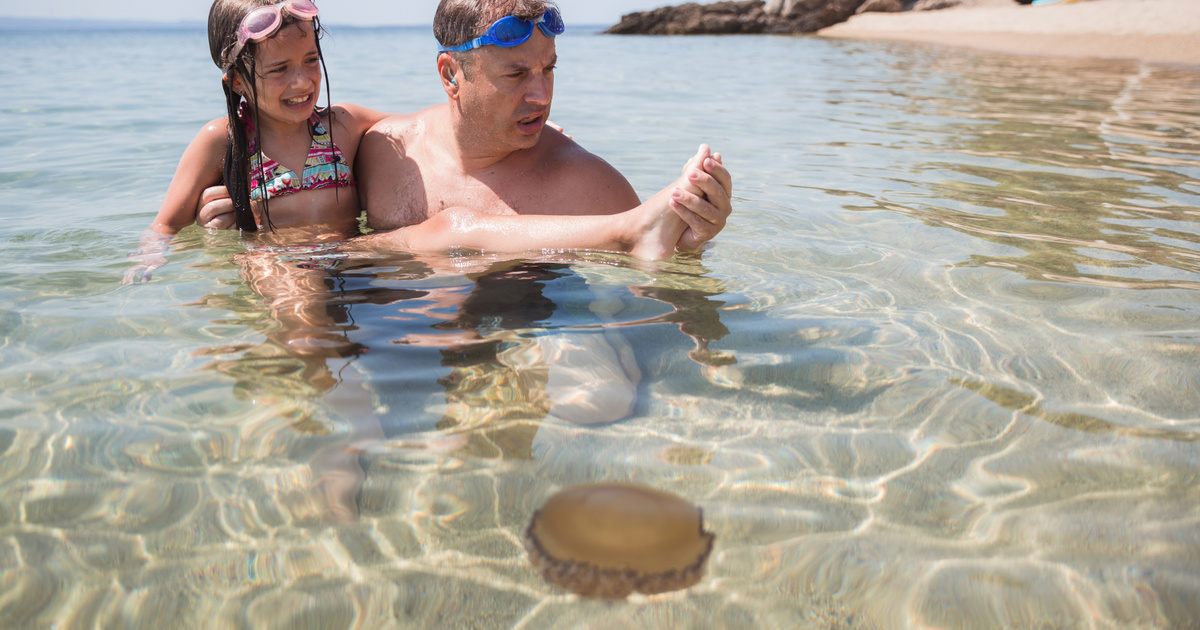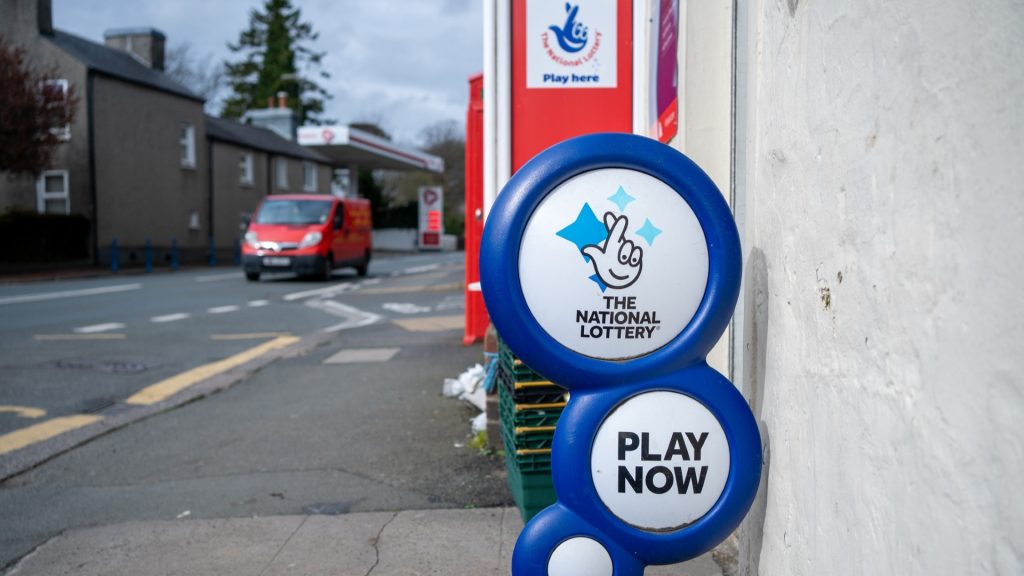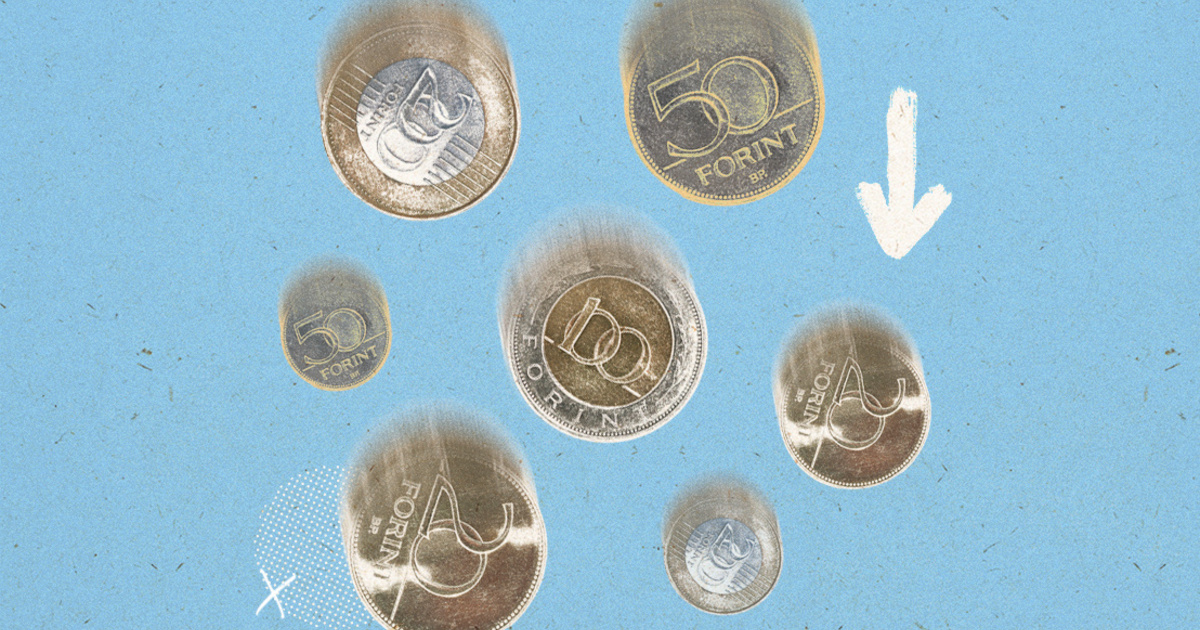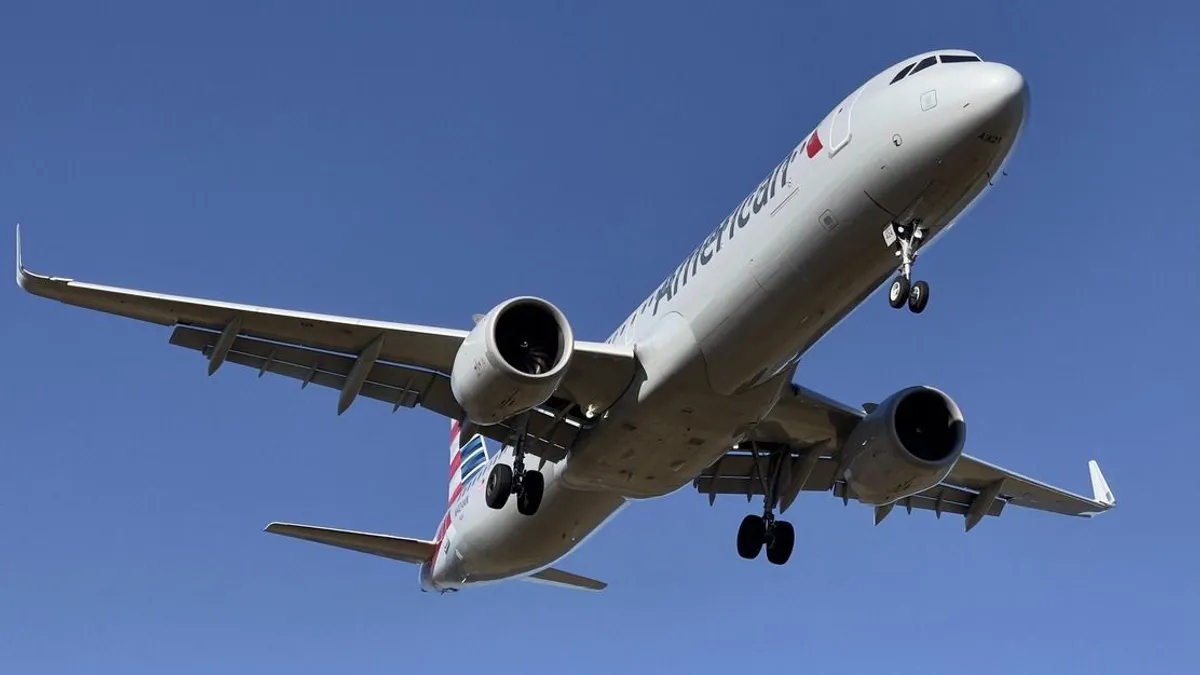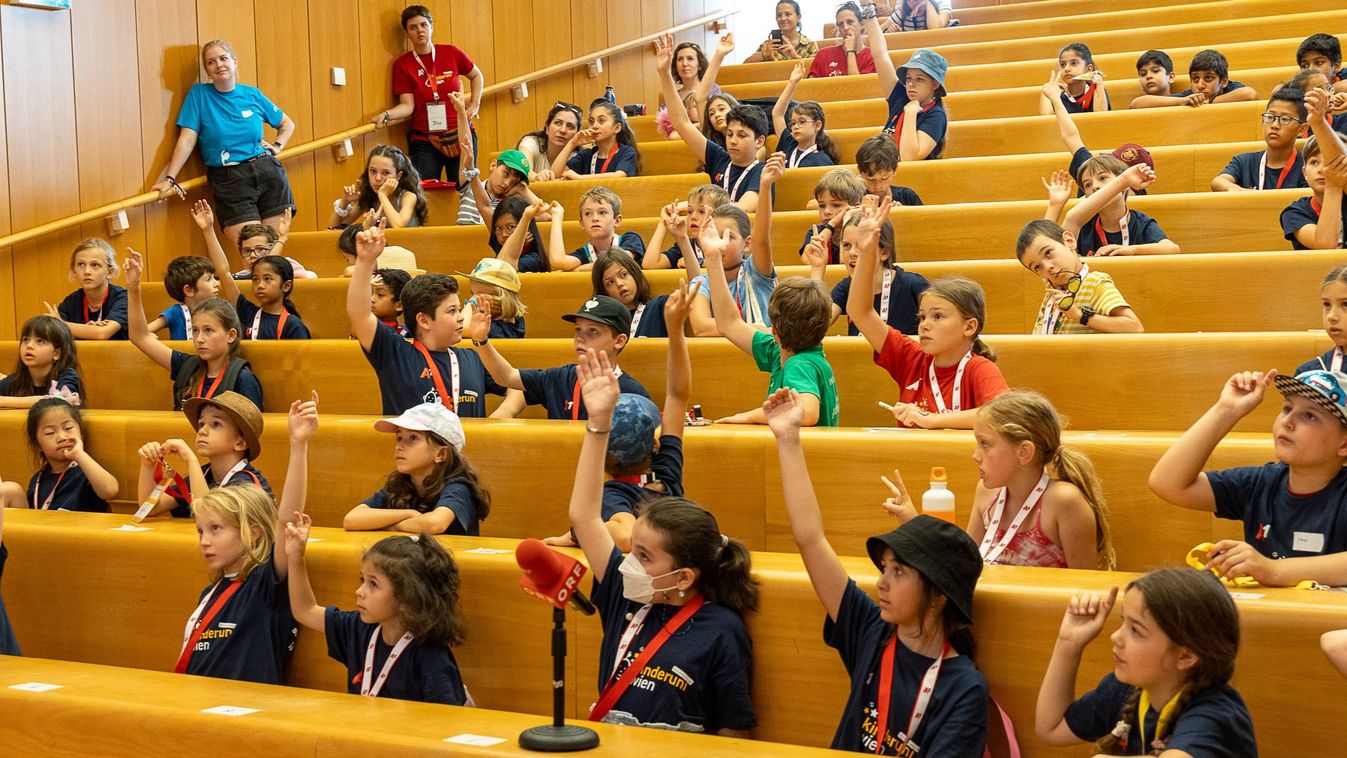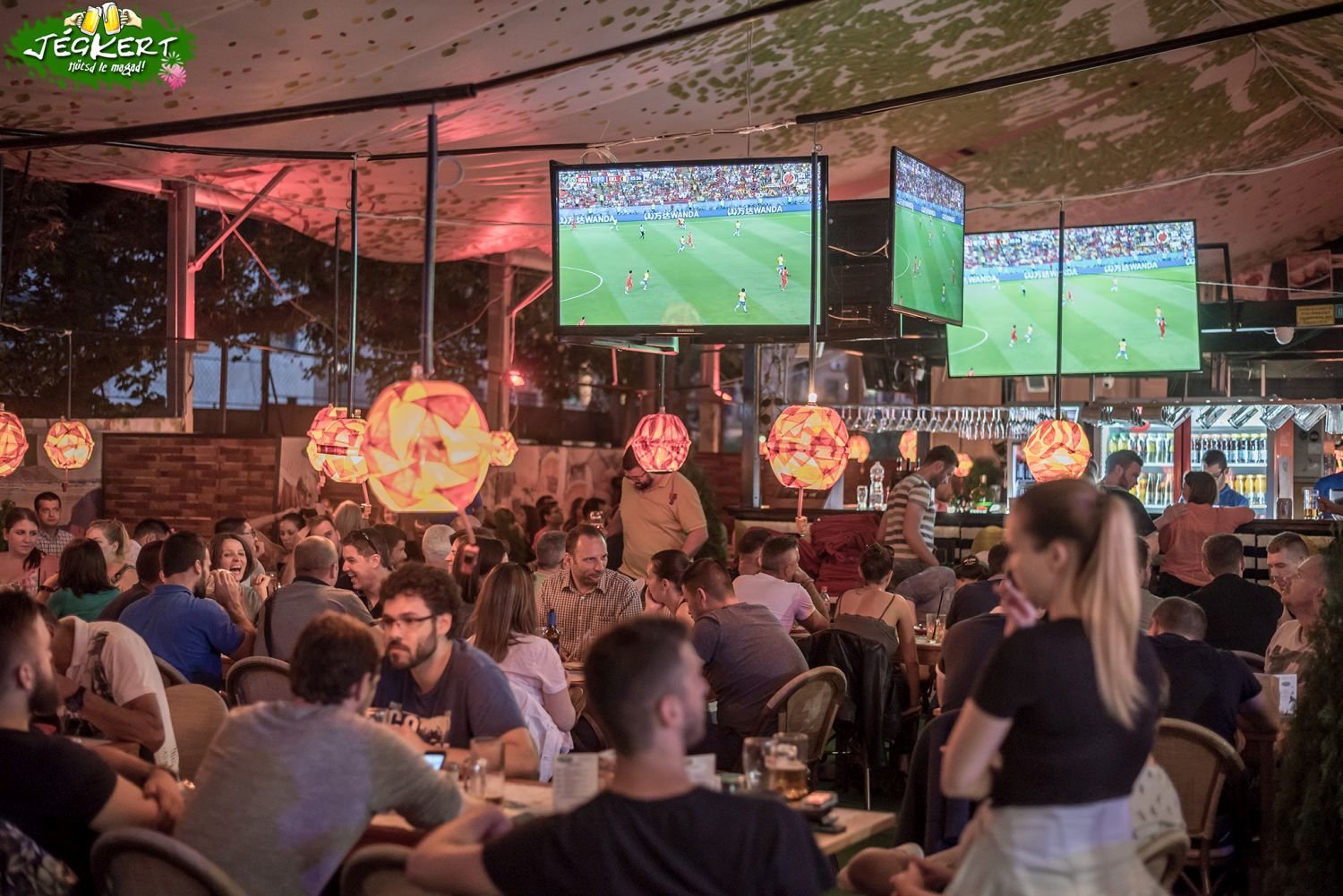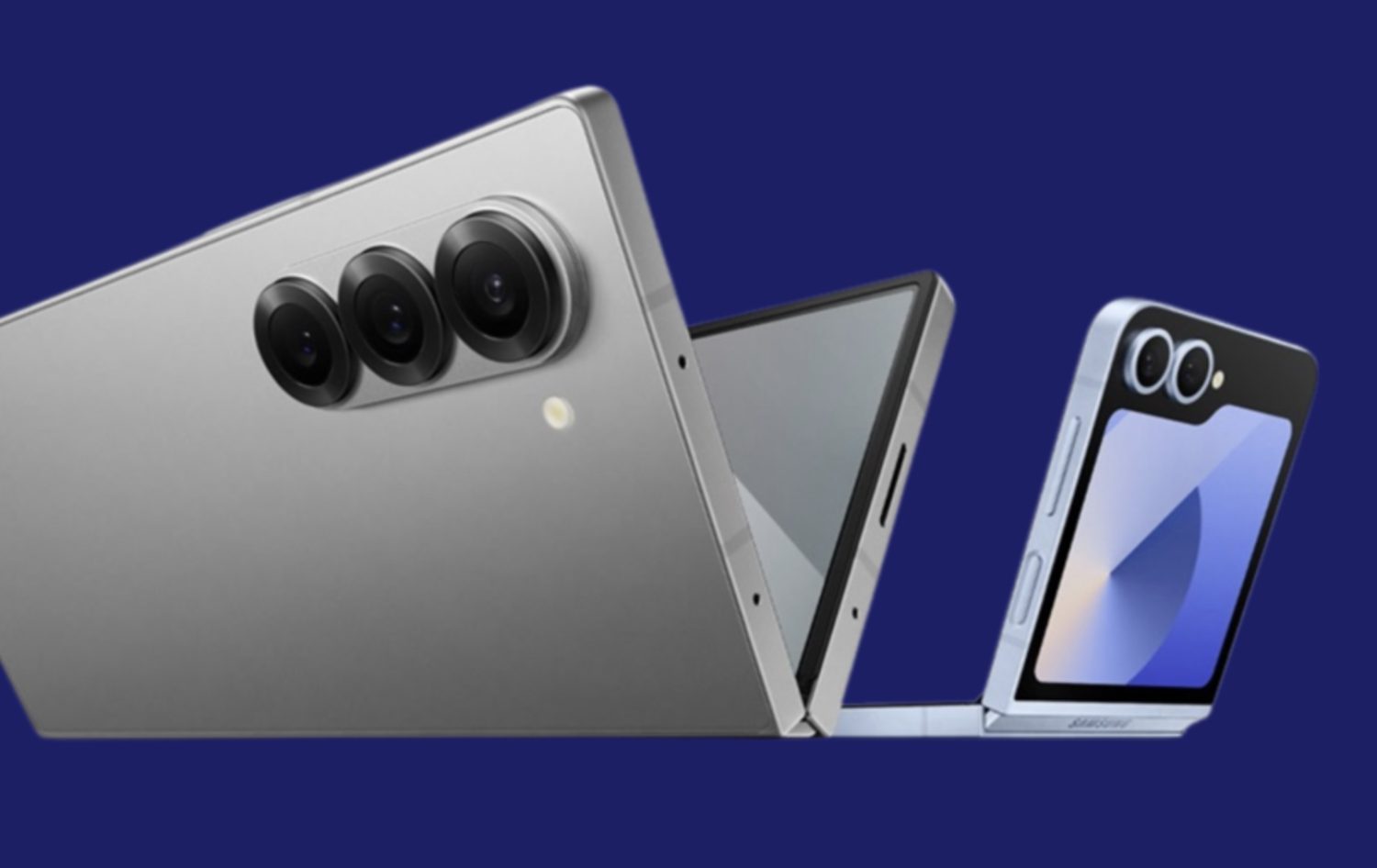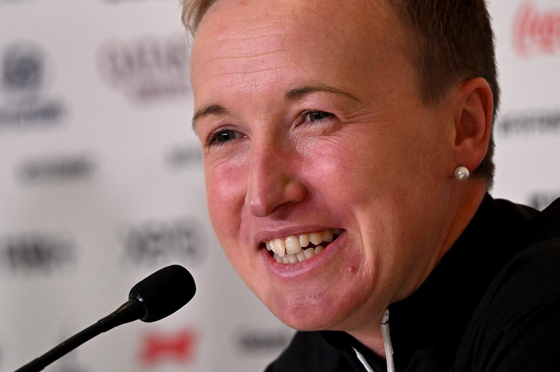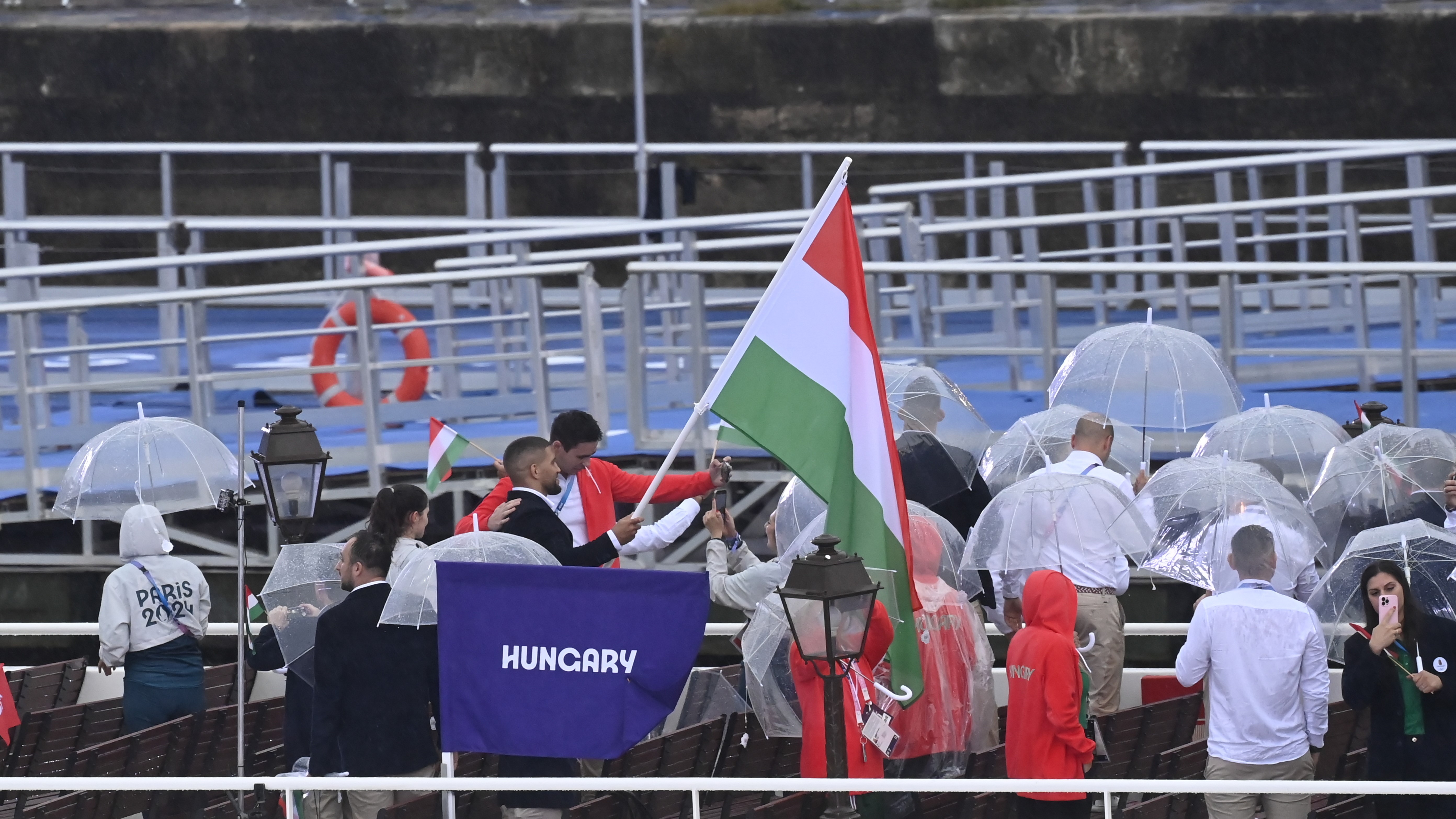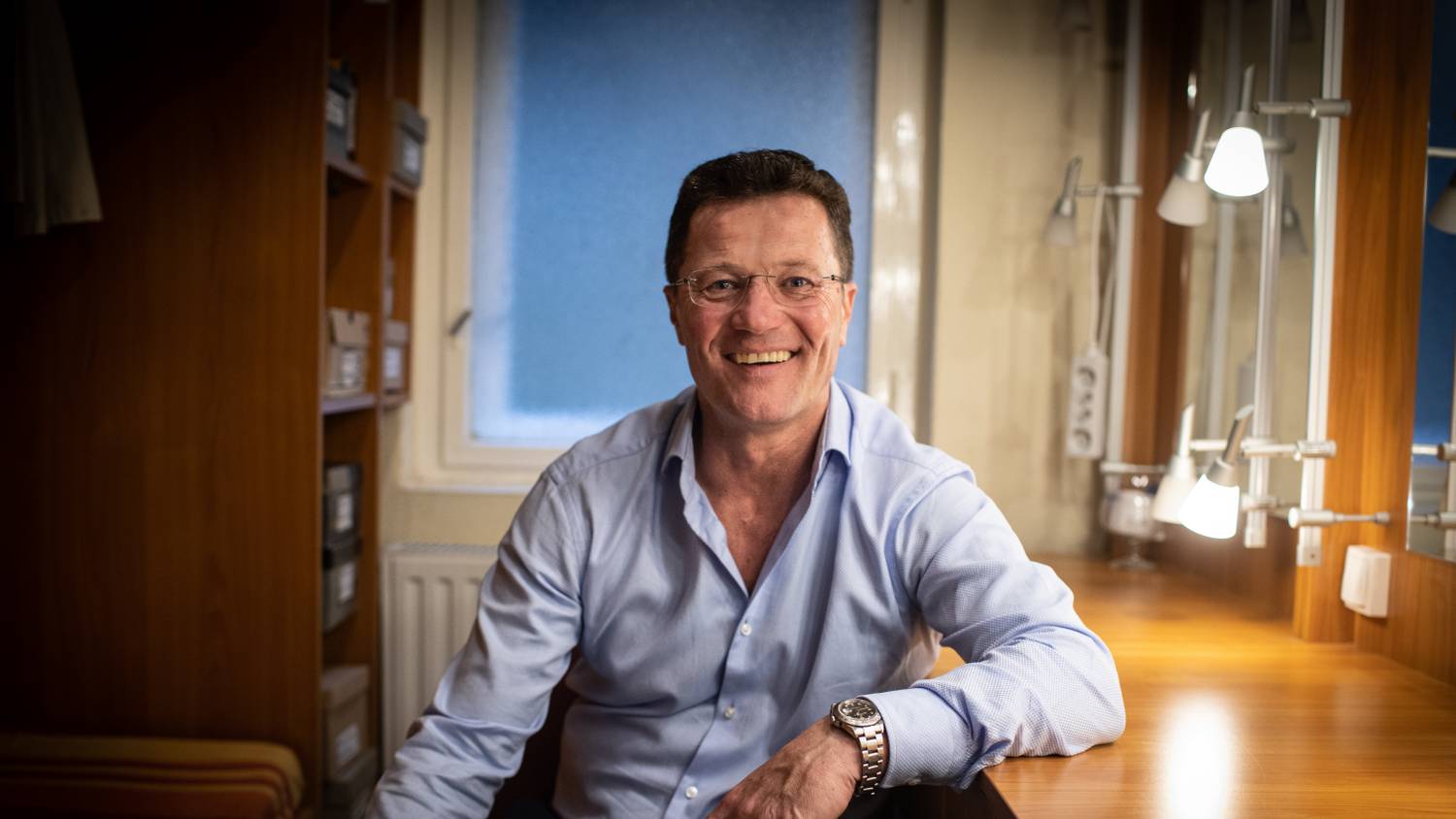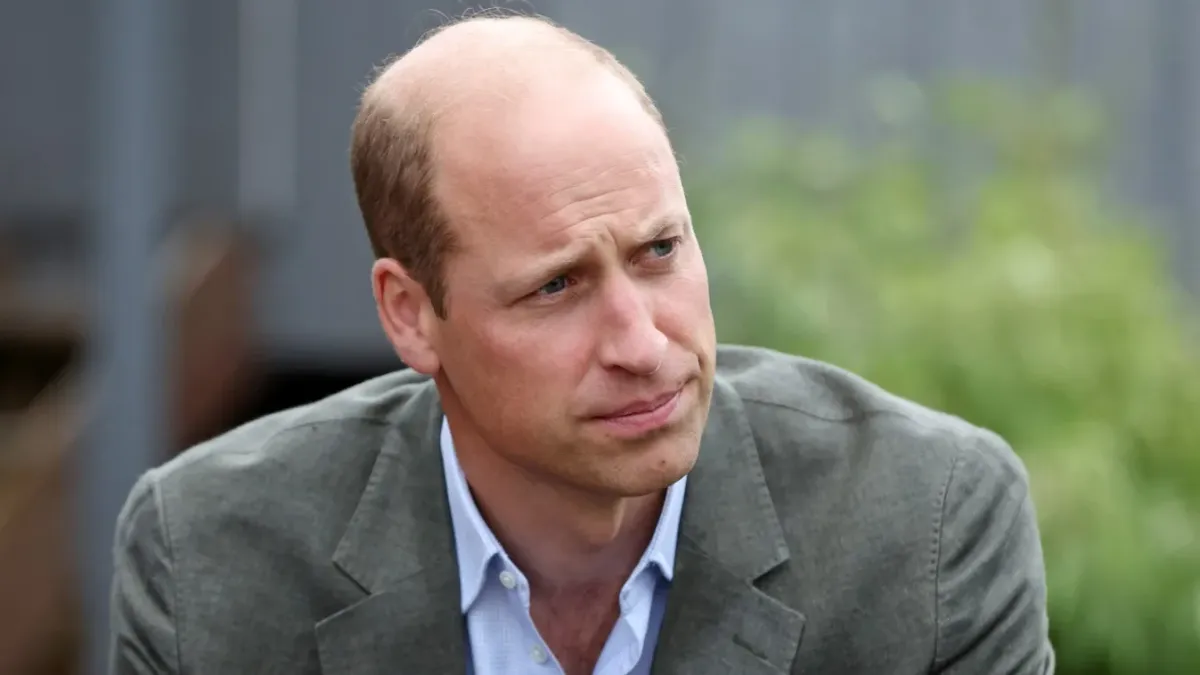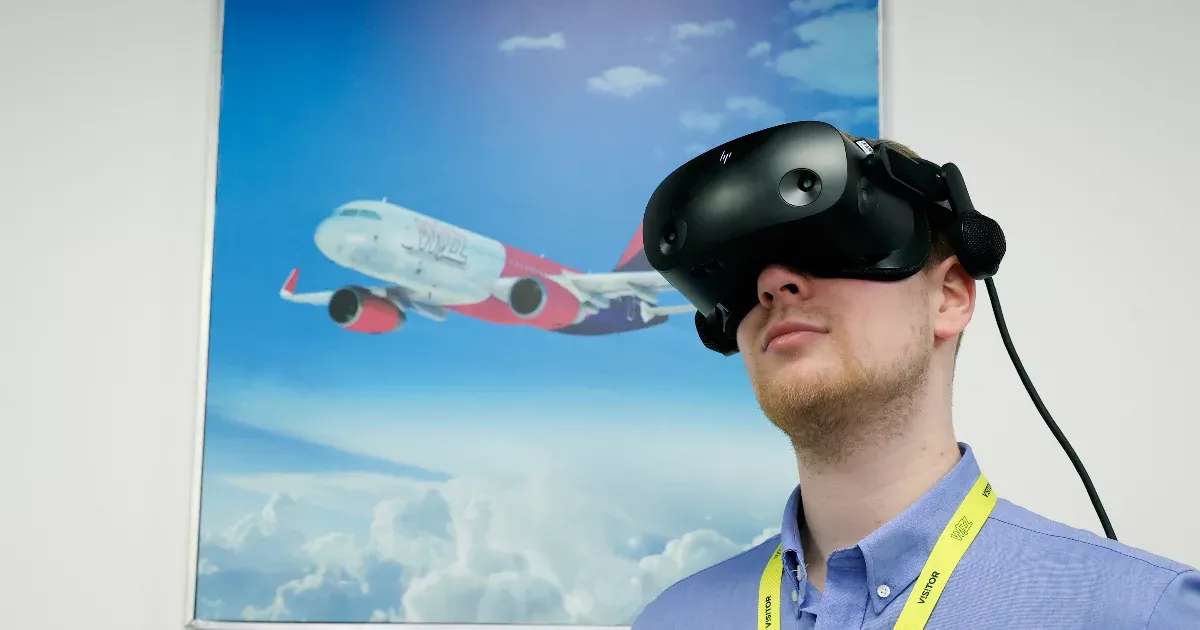I think I got lost in Budapest for the first time in my life. I've spent almost ninety percent of my years in the capital, so it's hard to admit I'm late to the Wizz Air and Airbus press conference, held at the airline's 18th-century training centre. Distract. Please excuse me for saying that I believe I was a victim of vandalism, as would anyone who unknowingly rides the 266 bus for the first time. Anyway, I arrived at the press conference feeling like a failure, but five hours later I emerged proud and victorious.
It takes a lot of pilots, but it's an expensive gig
The event had two purposes: on the one hand, to mark twenty years since Wizz Air's first flight took off last May, and on the other hand, to showcase how they would revolutionize pilot training in cooperation with Airbus.
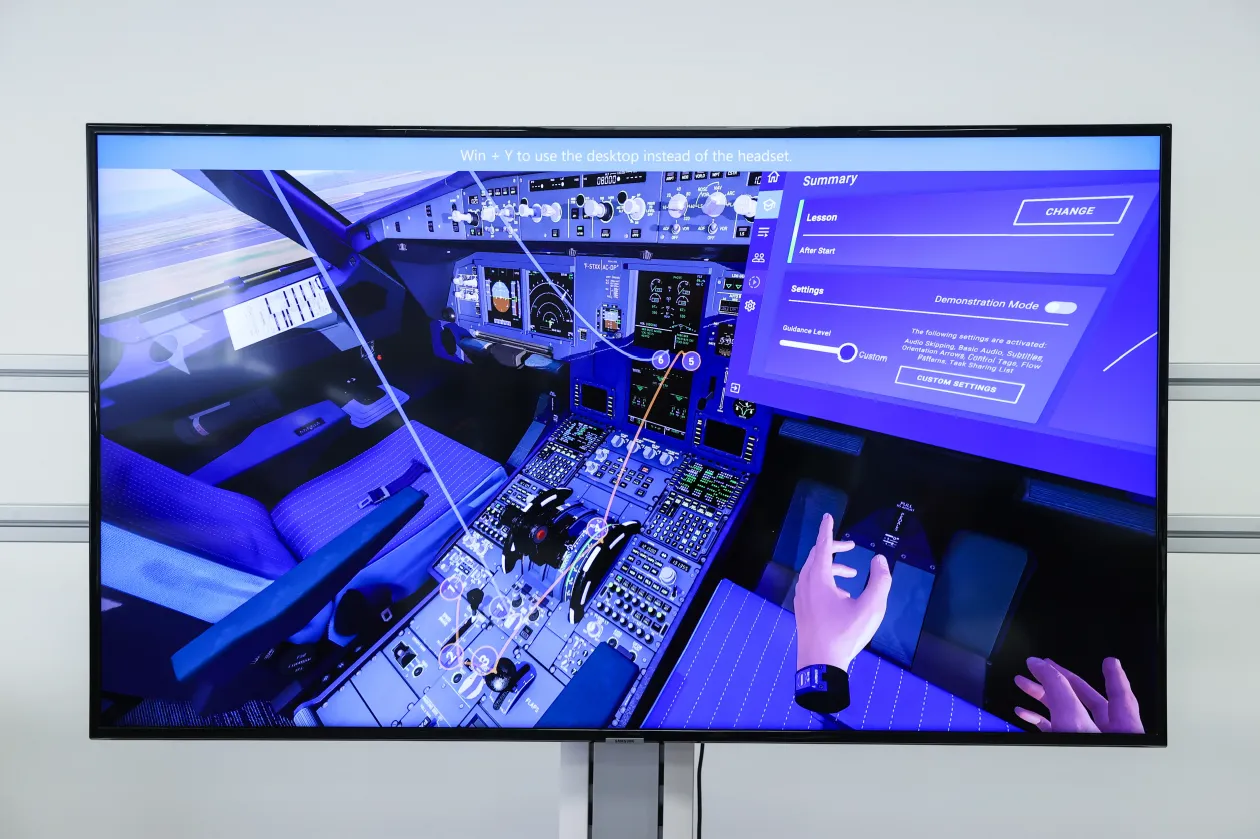
Photo: Istvan Huszty/Telex
The airline is in dire need of this, as its plan is not too far off to operate 500 planes at the same time. For comparison, they currently have 205-206 active aircraft, and they don't fly alone anymore. They need a lot of pilots, and they all need to be trained. For this reason, according to Captain Shane Carroll, head of the training program at Airbus, several different methods are used.
For example, students have to read a lot of textbooks and documents, both in print and digital form. However, the most useful tool for trainers is a simulator, whether a fixed or mobile version. However, they are bulky, take up a lot of space, and are incredibly expensive – from purchasing to maintaining to operating.
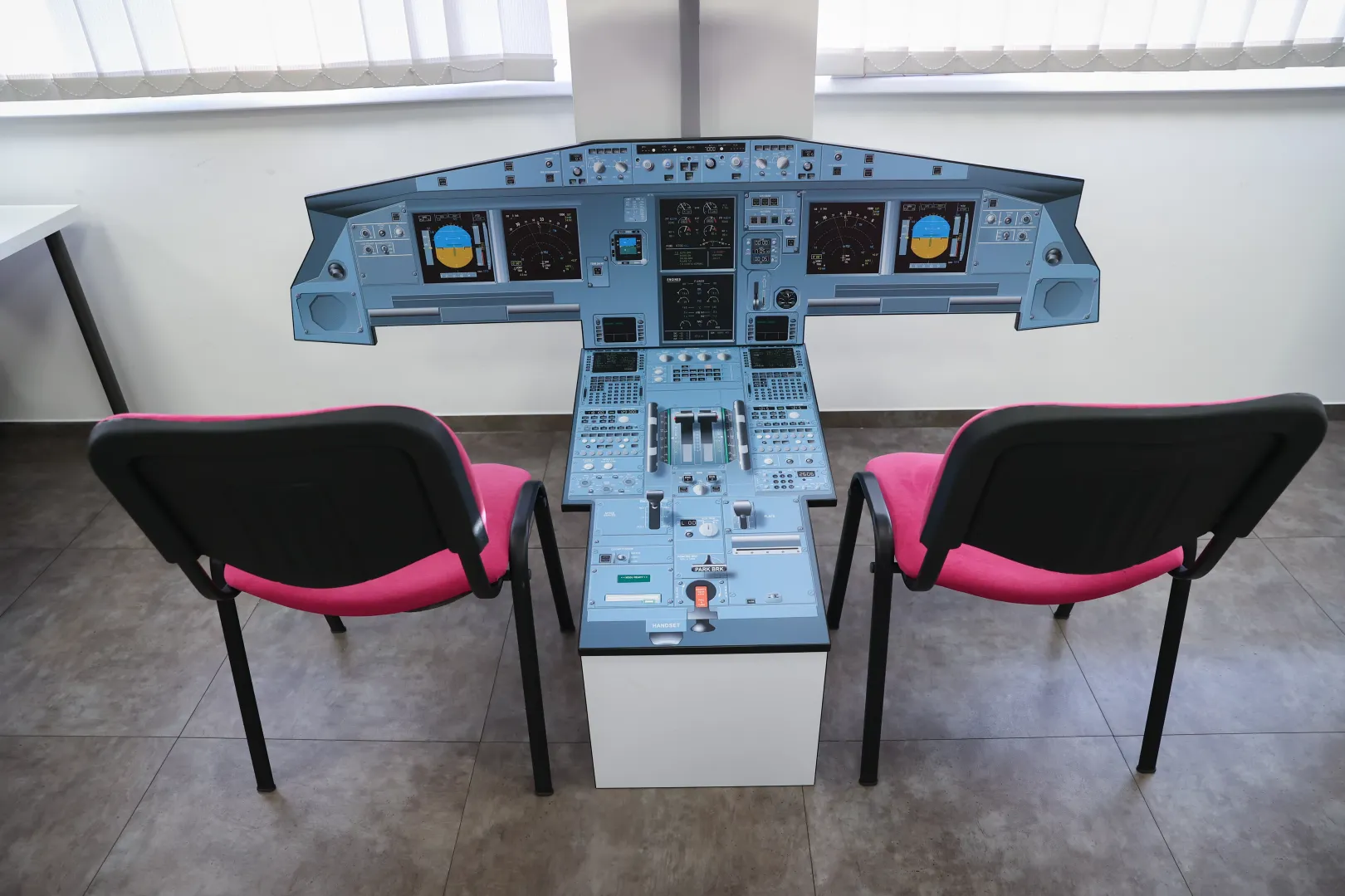
Traditional low-tech training board (2D plastic) – Photo: Istvan Huszty / Telex
For this reason, training centers and airlines cannot maintain enough of these aircraft, and what they do have is booked months in advance. However, it is in the interest of airlines, students and even active pilots to be able to practice in a lifelike cockpit simulation as soon as possible.
This is where virtual reality or VR comes into play. When we talk about revolutionizing, it's not about turning the pilot training model on its head, it's about Airbus potentially making training much cheaper and, perhaps more importantly, making it more accessible.
The relationship between aviation and virtual reality is not new either. One of the unexpected hit games of 2020, Microsoft Flight Simulator, got VR mode a few months after its release, and while it was a bit disappointing, it had some fun parts. Its main problem was that you couldn't use headphone controllers, so you still needed a keyboard or controller to play the game.
In comparison, Airbus's Virtual Procedure Training (VPT) program is a full VR experience, whether through a headset or controller. The user finds himself in the complete cockpit, and almost everything that can be turned on, pressed or flashed actually behaves the same way in the software. You can even put on a gas mask.
Different processes can be practiced with a VPT, so it's mostly to get into a routine. While in Microsoft Flight Simulator, for example, everything had to be clicked with the mouse, regardless of whether the key had to be tilted or pressed, here, thanks to the controllers, the trainee also practices the necessary movements. If the lever actually works so that you have to pull it up a little and then you can adjust it, this is also the case with the VPT.
Training missions can be completed at several different levels of difficulty, depending on whether the user is seeing the cockpit for the first time or has been flying for ten years. The software helps beginners, displaying what's next, while professionals have to switch or check buttons and displays in the correct order all by themselves.

Photo: Istvan Huszty/Telex
At the press conference, we were able to try out the beginner's version, so I could go through the pre-takeoff checklist (with pop-up tips) from the perspective of the captain and co-pilot. I don't want to make it short, but Captain Carroll complimented me in the end because I hadn't done anything wrong. Let's say, it would have been amazing if one of the participants did not hold a VR controller in his hand, because as a professional journalist, even though he knew where he was going, the control did not necessarily go smoothly.
However, the whole experience (I hope you feel that I'm struggling not to write a game, because it's not, even if it's a good party) is intuitive, it's quite clear what is expected from the user. Arrows guide a person's gaze, keys are numbered so they can be poked in the correct order, and combined with the fact that the other pilot has no arms, only hands, the whole thing is very lifelike. Due to the haptic feedback built into the controller, such as vibrations, the movements themselves are realistic, and it's easy to feel like you're actually moving in the cockpit. According to experts, even five-year-olds perform very well on assistive tasks, so it appears that Airbus actually designed the VPT system for younger children.
Carroll highlighted that one of the most important aspects during development is accessibility. For this reason, it may seem a bit counterintuitive that VPT requires a powerful VR-compatible PC, as well as a headset and controllers, since it is therefore a more expensive package. For this reason, the program is also available in a regular and clickable version on a computer with a regular screen, as well as on iPads. For this, airlines pay a license fee per pilot annually, but in return they can request jobs that can be allocated to several companies.
According to the expert, novice pilots and students often learn in pairs, so the VPT has a multi-person mode. But not only the pilots fit into the virtual cockpit, but also the instructor. Thus, it may happen that a user comes into the session from Budapest, another from Rome, and a teacher sits behind them, for example, from his hotel room in Stockholm. If one person uses it alone, the other pilot's duties will be performed by an AI-controlled robot.
A complement, not a substitute
Currently, this is not the goal of VPT, and it was not created to replace expensive simulators. It even completes it, so that if, for example, a student gets feedback at the end of the training about what they did wrong, they don't have to wait days before they can try again next time. No matter how realistic virtual reality is, it cannot replace real buttons, levers and pedals.
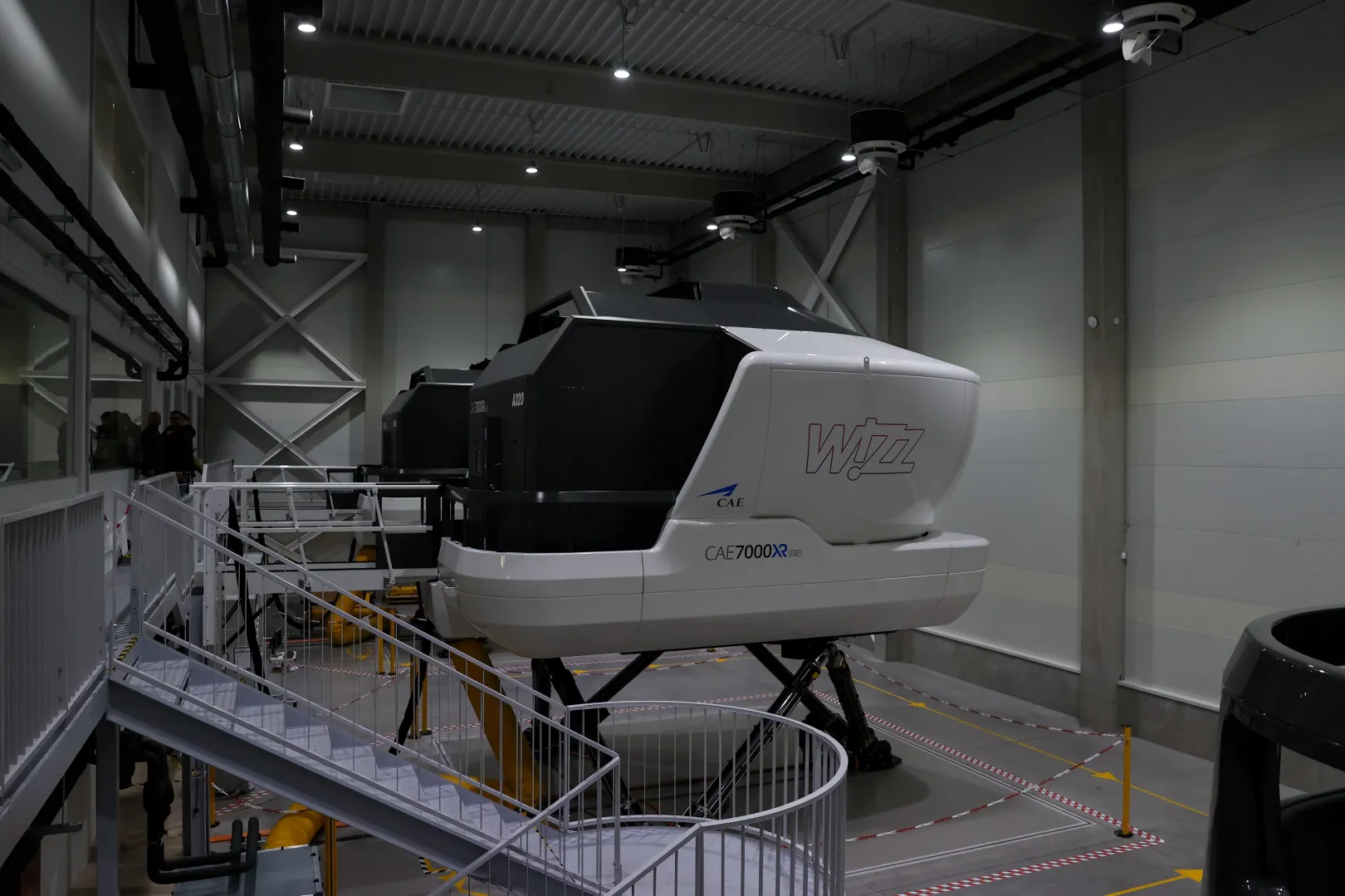
Wizz Air simulators – Photo: István Huszti / Telex
At the press conference, we were able to find out where and how flight attendants are trained, and we were able to try out the fixed and swing simulators as well. In a real emergency, I probably wouldn't remember it that way, but it was fun sliding down the side of the plane, and the simulators were really amazing.
The static simulator was very similar to the VPT, with the difference that we sat in a physically realistic cockpit. The show is similar to Microsoft Flight Simulator, but only if you're a spectator. The situation in the pilots' seat is completely different.
Giant moving simulators are located side by side in the hall. Upon entry, it resembles a spaceship more than an airplane, as it is wider at the entrance to accommodate instructors and observers. After a short presentation, my colleague, photographer Istvan Hosti, and I were able to get behind the wheel. After a successful take-off, we circled over Budapest and could also try out how to land. We proudly said that we didn't need an automatic transmission, we would handle it ourselves, so we both had the chance to land safely in Freihegy.
Even though I didn't know I was sitting in a simulator, the reporters behind me shouted and pointed at me if I didn't turn gently enough, because the simulator is really moving, and if you don't hold on to it, you could easily fall. . I admit we had a lot of help on the descent, and I just had to focus on altitude and direction, but it wasn't easy yet. Finally, after several big swings, we made it down, and I think it was quite smooth. My teeth certainly didn't chatter like they did when we once landed as a passenger in strong winds at Burgas Airport a few years ago. If anyone is worried about this, I will reassure them, Hosty landed the plane safely.

Simulation of an Airbus A320 over Budapest in low resolution – Image: István Huszti / Telex
Then they complimented me again, and after I pressed the buttons well with the VR helmet on my head, and then landed the Airbus (A320 if I remember correctly) without any serious incident, I completely forgot what an ugly afternoon it had started. Unfortunately, VPT will not be released in virtual game stores, although I'm sure it will be popular with Airbus fans and those just interested in flying.



